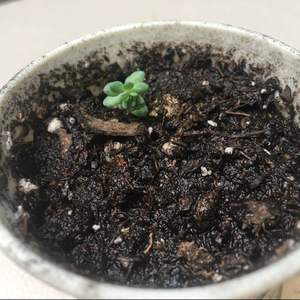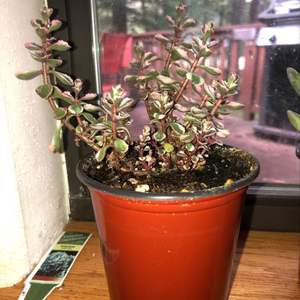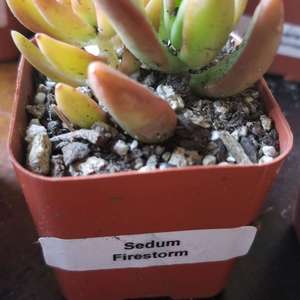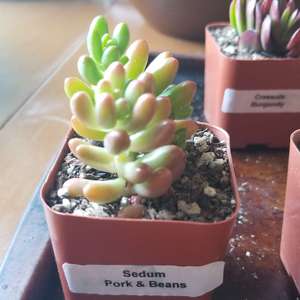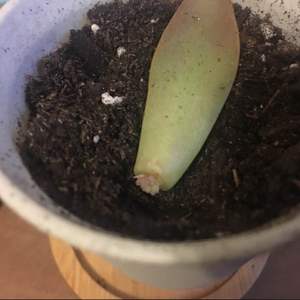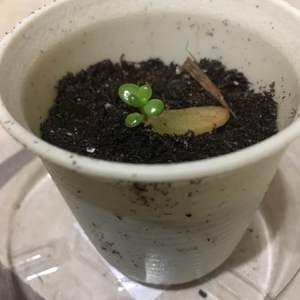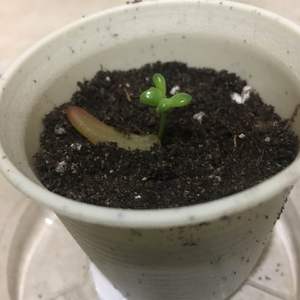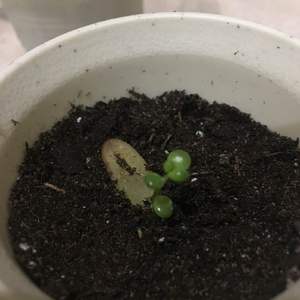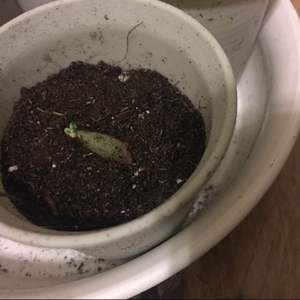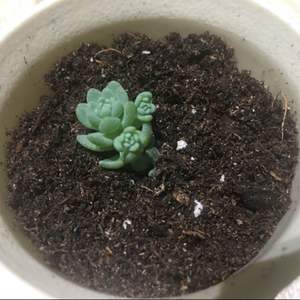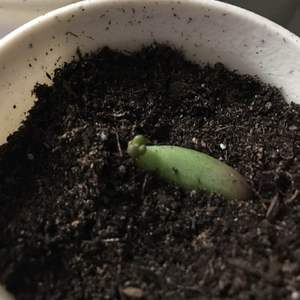文章
Miss Chen
2021年08月06日

'Angelina' stonecrop (Sedum rupestre 'Angelina') is a perennial, evergreen plant with succulent foliage that forms a low-growing mat. The name "stonecrop" comes from Middle English and refers to the plant's ability to grow in rocky, gravelly areas. The 'Angelina' cultivar of S. rupestre features chartreuse or golden needle-like foliage, depending on how much sun it gets (more sun results in more golden leaves). It sports tiny yellow flowers throughout the summer. And in the fall, the foliage takes on an orange or rust tone.
Sunshine and good drainage are key to this plant's success. Because of its chartreuse or golden color, it looks especially good when combined with plants that have dark foliage. Mass the plants together for use as a ground cover or perennial border. 'Angelina' also makes for a nice rock garden plant and can be placed between stones in a retaining wall. It can also be planted in patio containers and hanging baskets.
'Angelina' is generally planted in the spring, but this tough plant can really be planted almost any time. It has a moderately fast growth rate, but it may take a year or two before it flowers.
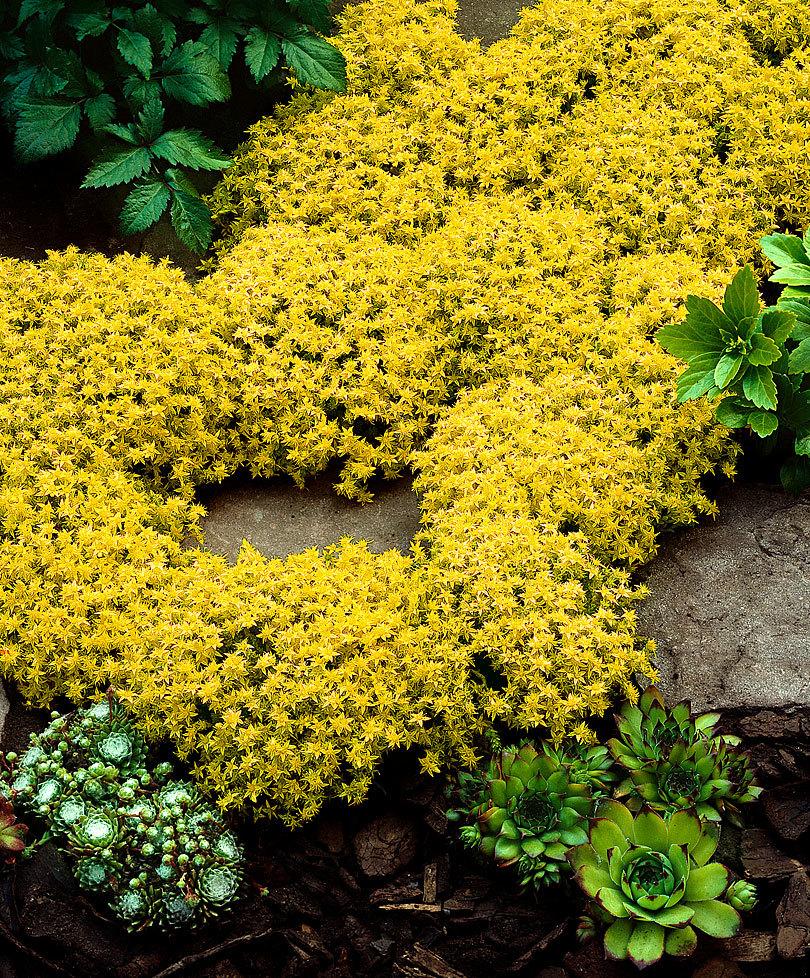
Botanical Name Sedum rupestre 'Angelina'
Common Name Angelina stonecrop
Plant Type Herbaceous perennial
Mature Size 4–6 inches tall, 1– 3-feet wide
Sun Exposure Full sun to part shade
Soil Type Average, dry to medium moisture, well-draining
Soil pH 6.0 to 7.0 (slightly acidic to neutral)
Bloom Time Summer
Flower Color Yellow
Hardiness Zones 3 to 9 (USDA)
Native Area Europe, Asia
'Angelina' Stonecrop Care
Ideally, you should plant 'Angelina' in a full-sun location, in dry to medium-moisture soil that is well-drained. The plant has a good tolerance for gravelly or sandy soils. Space the plants 8 to 12 inches apart, as they will quickly spread. 'Angelina' stonecrop is a fast-growing ground cover that stays short (around 6 inches tall) and quickly spreads to form a mat.
Once established, this plant requires little in the way of watering or feeding. Just make sure it doesn't sit in soggy soil. Like most stonecrops, 'Angelina' is relatively free of pest and disease problems, although slugs and snails may eat the foliage. Scale insects also sometimes appear.
Light
Grow 'Angelina' stonecrop in full sun if possible, though it will tolerate some shade. Its golden foliage will show best color if it is grown full sun.
Soil
This plant prefers a well-draining soil with a neutral pH. It does well in sandy and gravelly soils that aren’t very fertile. Its roots are shallow, but they’re able to spread through small crevices in rocky terrain.
Water
'Angelina' needs regular watering after you first plant it. But it is a drought-tolerant ground cover once established. Heavy clay soil or other waterlogged sites can kill the plant. However, plants grown in a container might need more frequent waterings than those planted in the ground.
Temperature and Humidity
Suitable for USDA zones 5 to 8, 'Angelina' stonecrop is somewhat tolerant to cold weather during the growing season. It can handle temperatures several degrees below freezing and still bounce back just fine. It also tolerates high heat and humidity well, as long as it’s not stuck in standing water.
Fertilizer
Stonecrop plants generally prefer lean soil, so fertilizer usually won't be necessary for this plant. Chemical fertilizer can cause 'Angelina' to stretch and flop. If your soil is lacking nutrients, consider using compost instead of chemical fertilizer
Related Stonecrop Varieties
There are several other varieties of stonecrop that are easy to grow in the garden:
Dragon's Blood sedum (Sedum spurium 'Fuldaglut'): This is another good groundcover plant, growing 3 to 5 inches tall with plentiful rose-red flowers.
Blue spruce stonecrop: (Sedum 'Blue Spruce'): This cultivar has bluish foliage that grows around 6 to 9 inches tall with a 1- to 1 1/2-foot spread. Small, star-shaped, yellow flowers emerge in June and July. It adapts to many soil conditions, as long as there is good drainage.
Purple emperor stonecrop (Sedum 'Purple Emperor’): This is a hybrid stonecrop with dark purple foliage. It grows upright at a little more than 1 foot in height and spread. And it sports tiny masses of pinkish-purple flowers from around July to September.
Autumn joy stonecrop (Hylotelephium 'Herbstfreude'): This stonecrop—no longer classified in the Sedum genus—also grows in average, well-draining soil with dry to medium moisture. It reaches around 18 to 24 inches in height and spread. And it features fall blooms that start out pink and gradually turn to a rose red.
Propagating 'Angelina' Stonecrop
'Angelina' stonecrop plants are easy to propagate by rooting. In fact, stems that break off from the main plant fall to the ground often root all by themselves. If you're looking for a plant that's well-behaved and doesn't spread into neighboring garden areas, this might not be the best choice for you.
To purposely propagate' Angelina', snip off a piece of stem 2 to 5 inches. Then, plant it in a well-draining potting mix and keep the soil moist while you’re waiting for roots to take hold. After around two to three weeks, you should feel resistance when you gently tug on the stem, meaning it has rooted. At this point, it’s ready for planting in the garden. Propagating with this method usually is successful at any point during the growing season, thanks to the plant's hardiness, but it's best done in late spring or early summer.
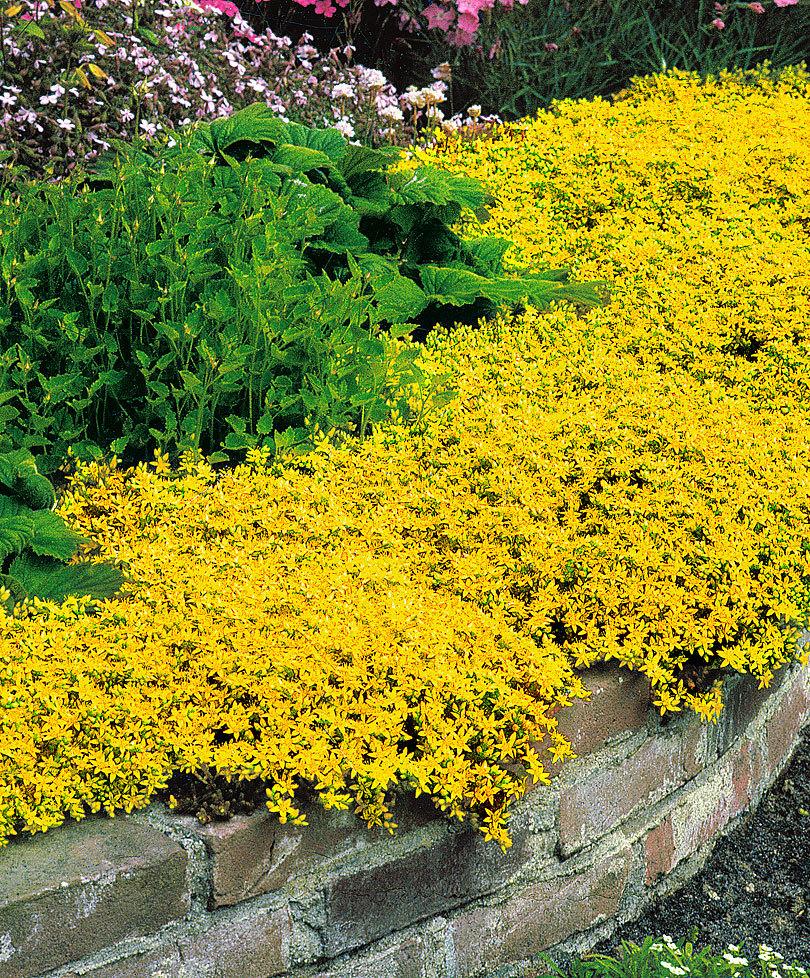
Pruning
Most gardeners prune 'Angelina' stonecrop plants only if they feel the plants have become too large. Using hand pruners, simply trim off any overgrown stems from where you don’t want them to shape the plant. Also, remove any dead or diseased material whenever you spot it. Pruning typically can be done at any time of year without harming the plant. But as a precaution, avoid pruning during extreme hot or cold temperatures.
Furthermore, your plant might not bloom during its first year. But whenever it does bloom, it will produce clusters of star-shaped yellow flowers on tall stalks. These yellow flower clusters, which arise in the summer, are reasonably attractive. However, some gardeners find the flower stalks to be awkwardly tall. And once the blooms fade, you are left with rather ugly brown stalks, which you can prune whenever you like.
Sunshine and good drainage are key to this plant's success. Because of its chartreuse or golden color, it looks especially good when combined with plants that have dark foliage. Mass the plants together for use as a ground cover or perennial border. 'Angelina' also makes for a nice rock garden plant and can be placed between stones in a retaining wall. It can also be planted in patio containers and hanging baskets.
'Angelina' is generally planted in the spring, but this tough plant can really be planted almost any time. It has a moderately fast growth rate, but it may take a year or two before it flowers.

Botanical Name Sedum rupestre 'Angelina'
Common Name Angelina stonecrop
Plant Type Herbaceous perennial
Mature Size 4–6 inches tall, 1– 3-feet wide
Sun Exposure Full sun to part shade
Soil Type Average, dry to medium moisture, well-draining
Soil pH 6.0 to 7.0 (slightly acidic to neutral)
Bloom Time Summer
Flower Color Yellow
Hardiness Zones 3 to 9 (USDA)
Native Area Europe, Asia
'Angelina' Stonecrop Care
Ideally, you should plant 'Angelina' in a full-sun location, in dry to medium-moisture soil that is well-drained. The plant has a good tolerance for gravelly or sandy soils. Space the plants 8 to 12 inches apart, as they will quickly spread. 'Angelina' stonecrop is a fast-growing ground cover that stays short (around 6 inches tall) and quickly spreads to form a mat.
Once established, this plant requires little in the way of watering or feeding. Just make sure it doesn't sit in soggy soil. Like most stonecrops, 'Angelina' is relatively free of pest and disease problems, although slugs and snails may eat the foliage. Scale insects also sometimes appear.
Light
Grow 'Angelina' stonecrop in full sun if possible, though it will tolerate some shade. Its golden foliage will show best color if it is grown full sun.
Soil
This plant prefers a well-draining soil with a neutral pH. It does well in sandy and gravelly soils that aren’t very fertile. Its roots are shallow, but they’re able to spread through small crevices in rocky terrain.
Water
'Angelina' needs regular watering after you first plant it. But it is a drought-tolerant ground cover once established. Heavy clay soil or other waterlogged sites can kill the plant. However, plants grown in a container might need more frequent waterings than those planted in the ground.
Temperature and Humidity
Suitable for USDA zones 5 to 8, 'Angelina' stonecrop is somewhat tolerant to cold weather during the growing season. It can handle temperatures several degrees below freezing and still bounce back just fine. It also tolerates high heat and humidity well, as long as it’s not stuck in standing water.
Fertilizer
Stonecrop plants generally prefer lean soil, so fertilizer usually won't be necessary for this plant. Chemical fertilizer can cause 'Angelina' to stretch and flop. If your soil is lacking nutrients, consider using compost instead of chemical fertilizer
Related Stonecrop Varieties
There are several other varieties of stonecrop that are easy to grow in the garden:
Dragon's Blood sedum (Sedum spurium 'Fuldaglut'): This is another good groundcover plant, growing 3 to 5 inches tall with plentiful rose-red flowers.
Blue spruce stonecrop: (Sedum 'Blue Spruce'): This cultivar has bluish foliage that grows around 6 to 9 inches tall with a 1- to 1 1/2-foot spread. Small, star-shaped, yellow flowers emerge in June and July. It adapts to many soil conditions, as long as there is good drainage.
Purple emperor stonecrop (Sedum 'Purple Emperor’): This is a hybrid stonecrop with dark purple foliage. It grows upright at a little more than 1 foot in height and spread. And it sports tiny masses of pinkish-purple flowers from around July to September.
Autumn joy stonecrop (Hylotelephium 'Herbstfreude'): This stonecrop—no longer classified in the Sedum genus—also grows in average, well-draining soil with dry to medium moisture. It reaches around 18 to 24 inches in height and spread. And it features fall blooms that start out pink and gradually turn to a rose red.
Propagating 'Angelina' Stonecrop
'Angelina' stonecrop plants are easy to propagate by rooting. In fact, stems that break off from the main plant fall to the ground often root all by themselves. If you're looking for a plant that's well-behaved and doesn't spread into neighboring garden areas, this might not be the best choice for you.
To purposely propagate' Angelina', snip off a piece of stem 2 to 5 inches. Then, plant it in a well-draining potting mix and keep the soil moist while you’re waiting for roots to take hold. After around two to three weeks, you should feel resistance when you gently tug on the stem, meaning it has rooted. At this point, it’s ready for planting in the garden. Propagating with this method usually is successful at any point during the growing season, thanks to the plant's hardiness, but it's best done in late spring or early summer.

Pruning
Most gardeners prune 'Angelina' stonecrop plants only if they feel the plants have become too large. Using hand pruners, simply trim off any overgrown stems from where you don’t want them to shape the plant. Also, remove any dead or diseased material whenever you spot it. Pruning typically can be done at any time of year without harming the plant. But as a precaution, avoid pruning during extreme hot or cold temperatures.
Furthermore, your plant might not bloom during its first year. But whenever it does bloom, it will produce clusters of star-shaped yellow flowers on tall stalks. These yellow flower clusters, which arise in the summer, are reasonably attractive. However, some gardeners find the flower stalks to be awkwardly tall. And once the blooms fade, you are left with rather ugly brown stalks, which you can prune whenever you like.
0
0



